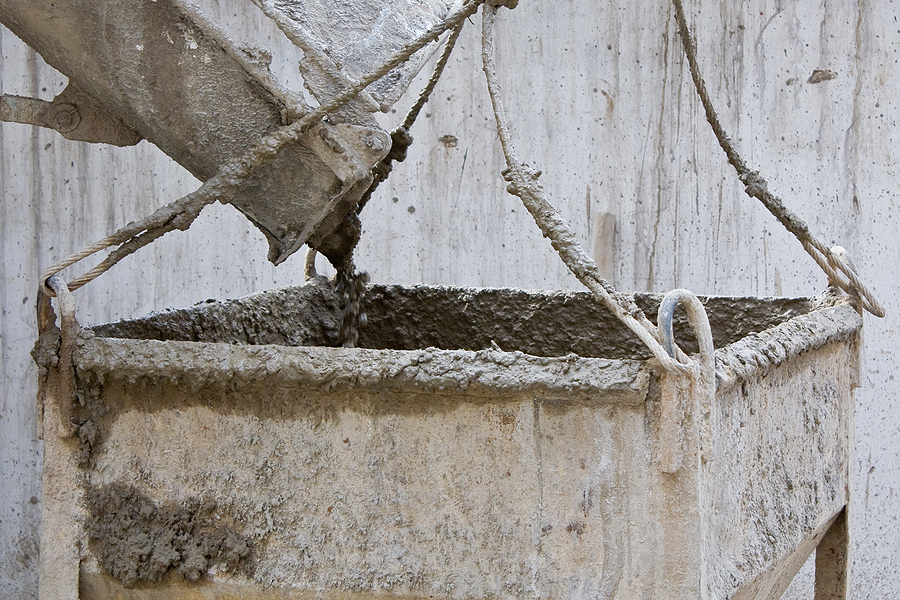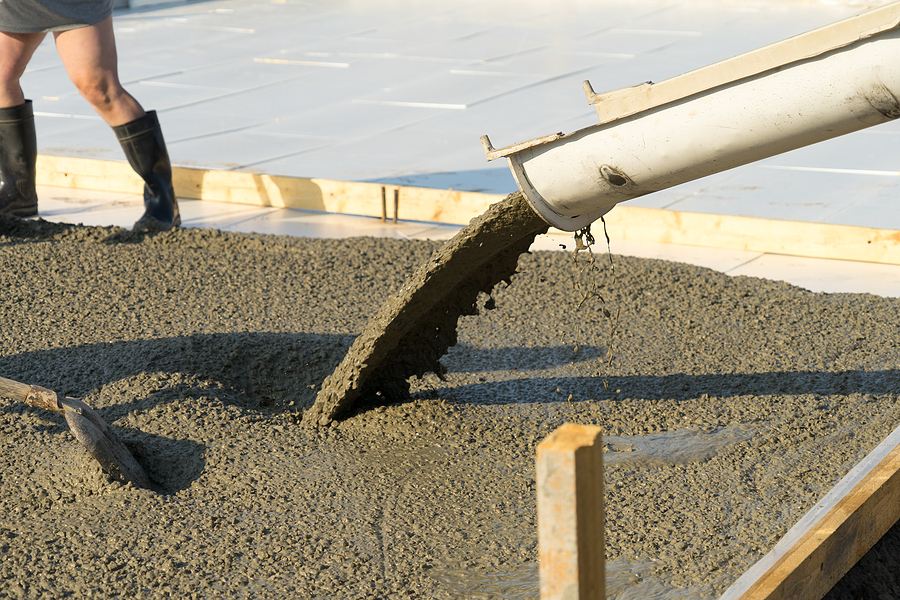Ready-mix concrete is a fantastic material for everything from DIY patios to professional foundations, offering consistency and convenience. However, simple errors in its application can lead to costly repairs, project delays, and structural weaknesses. Don’t let common mistakes cost you time and money. Mastering the fundamentals of ready-mix concrete is essential for ensuring a durable and long-lasting result.
This guide is designed to walk you through the most frequent pitfalls encountered during concrete projects. By understanding these issues, you can prepare properly, execute flawlessly, and achieve a professional-grade finish. We’ll cover everything from getting the mix right to proper curing, helping you avoid the headaches that can come with improper RMC installation.

What is Ready-Mix Concrete (RMC)?
Ready-mix concrete (RMC) is concrete that is manufactured in a batch plant according to a specific recipe and then delivered to a worksite in a transit mixer. This process ensures a high-quality, uniform mixture, saving you the labor and potential inconsistencies of mixing concrete on-site. It’s a reliable choice for projects of all sizes, provided it’s handled correctly from delivery to finish.
Common RMC Mistakes That Can Be Avoided
1. Incorrect Mix Ratio
The strength and durability of your concrete depend entirely on the correct ratio of cement, aggregates (sand and gravel), and water. An improper mix can lead to a final product that is too weak, prone to cracking, or difficult to work with. For instance, too little cement will result in a brittle structure, while the wrong aggregate size can compromise the concrete’s integrity.
How to avoid it:
Always specify the intended application to your ready-mix concrete provider. They can recommend the appropriate mix design strength (measured in PSI) for your project, whether it’s a simple walkway or a load-bearing foundation.
2. Inadequate Site Preparation
Pouring concrete onto a poorly prepared surface is a recipe for failure. Unstable or uneven ground, debris, and improper grading can all lead to cracking, settling, and water drainage issues down the line. A common error is pouring concrete on frozen ground; as the ground thaws, it can shift and cause the new slab to crack.
How to avoid it:
- Clear and level the area: Remove all vegetation, rocks, and debris.
- Ensure proper drainage: Grade the site away from structures to prevent water from pooling.
- Compact the subgrade: Use a plate compactor to create a solid, stable base. This is especially important for regional soil types like clay, which can expand and contract.
3. Improper Handling at Delivery
When the ready-mix concrete delivery truck arrives, the clock starts ticking. The material has a limited workable time before it begins to set. Delays in placing the concrete or mishandling it during the pour can lead to cold joints, where fresh concrete is poured against hardened concrete, creating a weak spot.
How to avoid it:
Be prepared. Have your forms, tools, and sufficient labor ready before the truck arrives. Ensure clear access to the pour site so the chute can reach the desired areas with minimal delay.
4. Pouring in Unsuitable Weather
Weather has a significant impact on the concrete pouring and curing process. Extreme temperatures, rain, and high winds can all compromise the final quality.
- Hot weather: Can cause the water in the mix to evaporate too quickly, leading to shrinkage cracks.
- Cold weather: Slows the RMC cure time, and if temperatures drop below freezing, the water in the mix can freeze and expand, permanently damaging the concrete’s internal structure. This is a crucial consideration in colder climates with freeze-thaw cycles.
- Rain: Can wash away the cement paste from the surface and increase the water-cement ratio, weakening the slab.
How to avoid it:
Check the forecast and plan your pour for a mild, dry day. If you must pour in extreme weather, take precautions like using insulating blankets in the cold or misting the slab in the heat.
5. Overwatering the Concrete
It can be tempting to add more water to the mix on-site to make it easier to pour and spread. This is one of the most common and damaging mistakes. Adding extra water significantly weakens the concrete’s compressive strength and increases its permeability, making it more susceptible to damage from moisture and freeze-thaw cycles.
How to avoid it:
Order your concrete at the correct slump (a measure of workability). If the mix feels too stiff, consult with the ready-mix concrete provider before adding any water. They might suggest using an additive instead.
Contact Us for Small & Large Batch RMC Delivery! ✨
6. Failing to Use Proper Reinforcement
For many applications, especially those that will bear weight like driveways and foundations, concrete needs reinforcement to handle tensile forces (stretching). Without it, the concrete will inevitably crack under pressure. A common error is not using steel rebar or wire mesh in load-bearing applications.
How to avoid it:
Follow local building codes, which dictate the type and placement of reinforcement needed for your project. Ensure rebar or mesh is positioned correctly within the forms, typically in the middle or upper-third of the slab’s thickness, not lying on the ground.
7. Neglecting the Curing Process
Pouring the concrete is only half the battle. Curing is the chemical process that gives concrete its strength, and it requires adequate moisture and temperature over time. Improper curing can reduce the final strength by up to 50%. Failing to protect freshly poured concrete from direct sunlight or wind can cause the surface to dry out too quickly, leading to a weak, dusty surface and cracking.
How to avoid it:
Keep the concrete continuously moist for at least 5-7 days after pouring. You can do this by spraying it with a fine mist of water, covering it with plastic sheeting, or using a liquid curing compound.
8. Ignoring the Slump Test
The slump test is a simple on-site method to measure the consistency and workability of fresh concrete. Ignoring this test means you are guessing whether the concrete meets your project’s specifications. If the slump is too high (too wet) or too low (too dry), it can be difficult to place and finish properly, leading to a poor-quality result.
How to avoid it:
Perform a slump test on each batch of concrete delivered. If the slump is outside the specified range, do not accept the delivery until the issue is resolved by the ready-mix concrete provider.
9. Not Considering Additives
Modern concrete mixes can be enhanced with various additives to improve performance. These can increase workability, accelerate or retard setting time, reduce water requirements, and improve durability. Not considering these options means you might be missing an opportunity to make your project easier and your final product better.
How to avoid it:
Discuss your project needs with your concrete supplier. They can recommend additives like water-reducers, air-entraining agents (for freeze-thaw resistance), or accelerators to help you achieve the best results.
10. Insufficient Compaction
After concrete is poured, it contains trapped air pockets. If these are not removed, they create voids that weaken the structure and leave a porous, honeycombed surface. This is a critical step for ensuring density and strength.
How to avoid it:
Use a mechanical vibrator to consolidate the concrete properly. Insert the vibrator systematically throughout the pour, but be careful not to over-vibrate, as this can cause the ingredients to separate. For smaller slabs, tamping the concrete with a rod or a 2×4 can also help remove air bubbles.
Frequently Asked Questions (FAQ)
How long does ready-mix concrete take to cure?
Ready-mix concrete begins to harden within a few hours, but the full RMC cure time is about 28 days, which is when it typically reaches its specified compressive strength. However, it’s crucial to keep it moist for the first 7 days to ensure proper curing.
Can I pour ready-mix concrete directly on dirt?
It is not recommended. You should always pour concrete on a stable, well-compacted subgrade, such as a layer of gravel, to prevent settling, cracking, and moisture issues.
What happens if it starts raining after I pour concrete?
A light drizzle might not cause much harm, but heavy rain can wash away the surface cement paste and weaken the slab. If rain is expected, cover the fresh concrete with plastic sheeting as soon as possible.
How do I order the right amount of concrete?
Calculate the volume of your project in cubic yards (Length x Width x Thickness) and always order about 10% extra to account for spillage, uneven subgrade, and waste. Your ready-mix concrete provider can help you with these calculations.
Final Thoughts
Working with ready-mix concrete doesn’t have to be intimidating. By understanding these common mistakes and preparing diligently, you can ensure your project is a success. Careful planning, proper site preparation, and attention to detail during the pouring and curing stages are the keys to a strong, durable, and attractive concrete structure.
If you have a complex project or are unsure about any part of the process, seeking professional guidance is always the wisest choice. Our team of commercial paving experts is ready to help you get it right the first time. Contact us today for expert advice and to schedule your next ready-mix concrete delivery.
Related Post: The Science Behind Ready-Mix Concrete: What Makes It So Durable?




